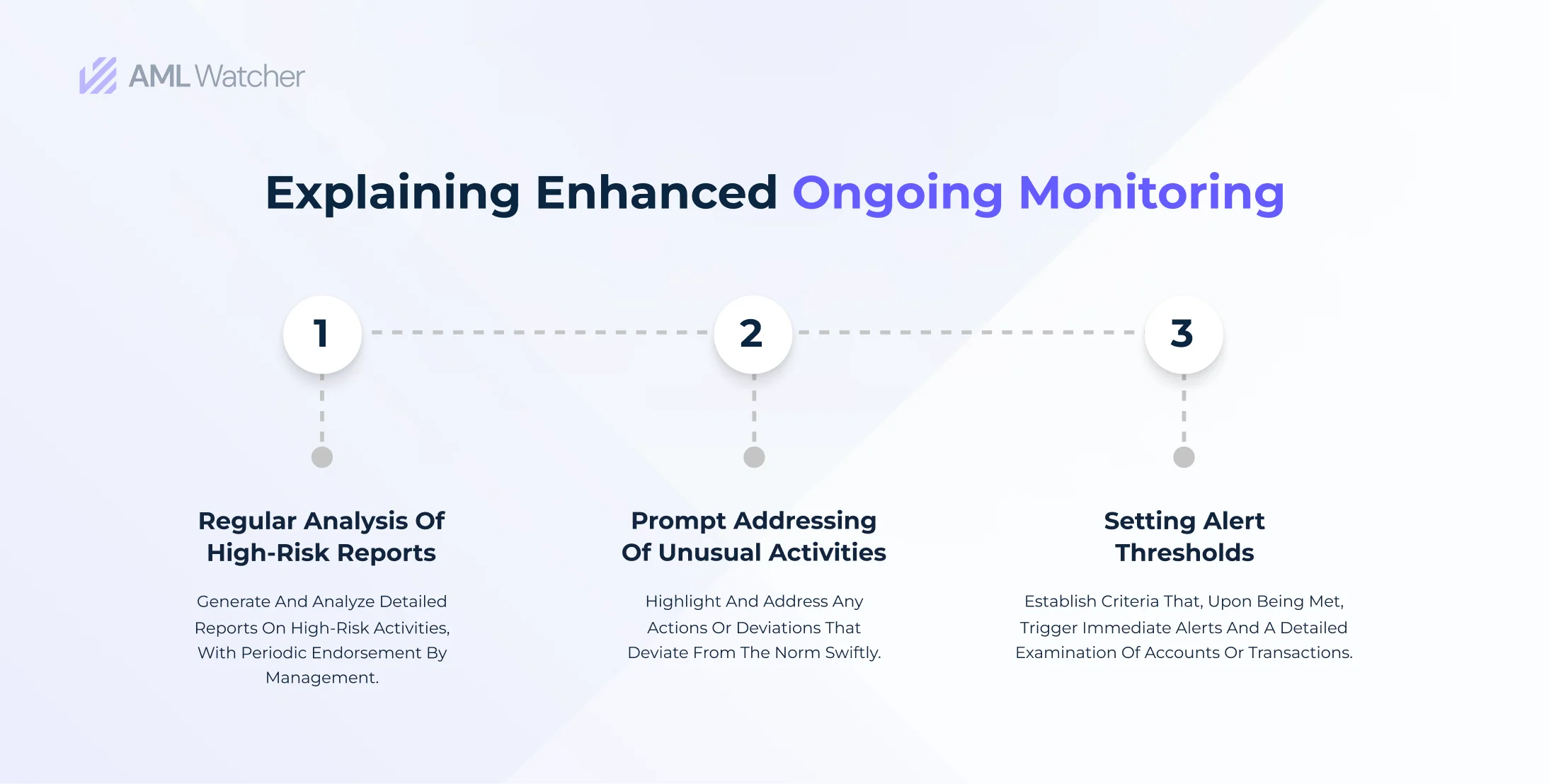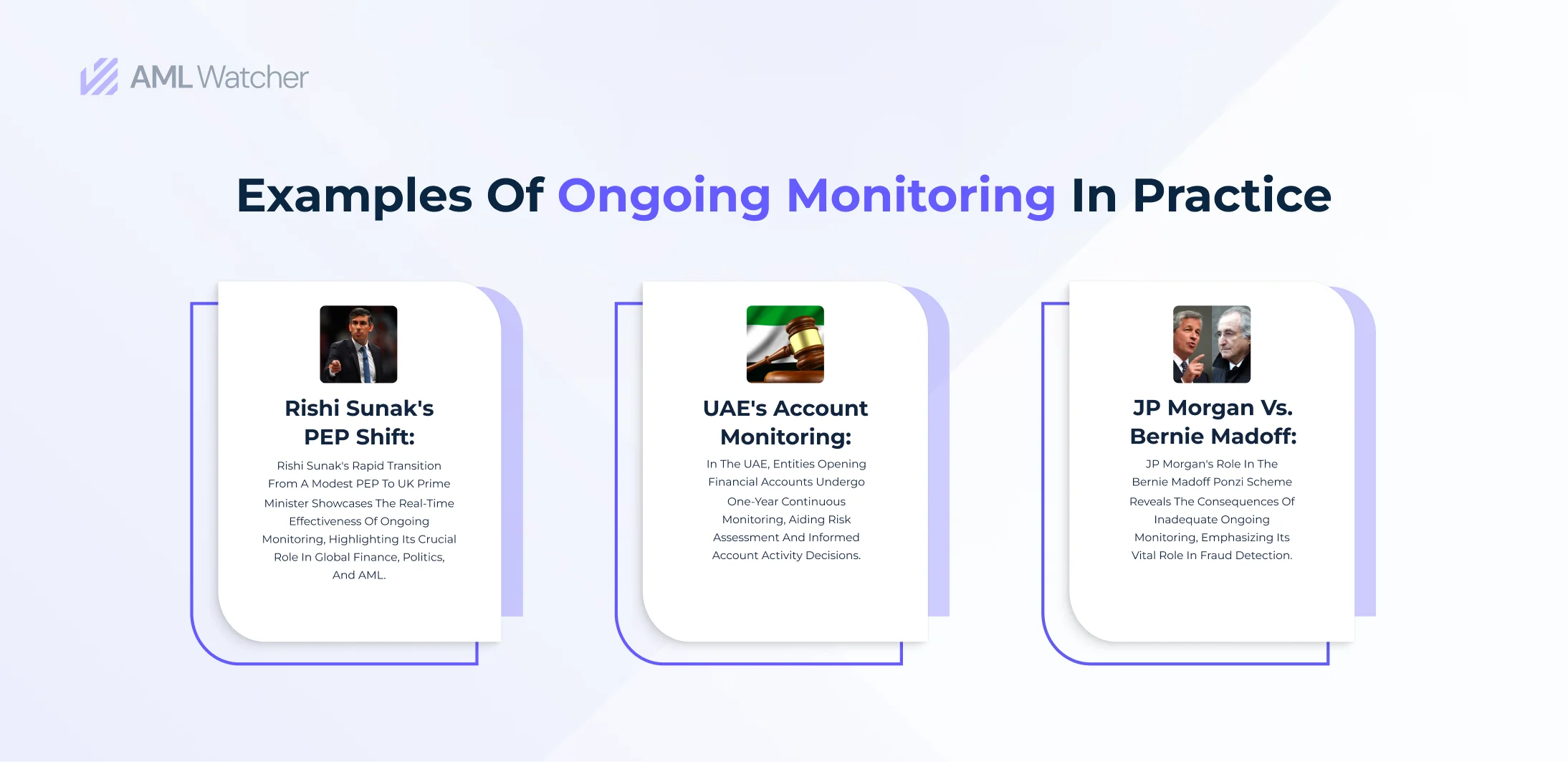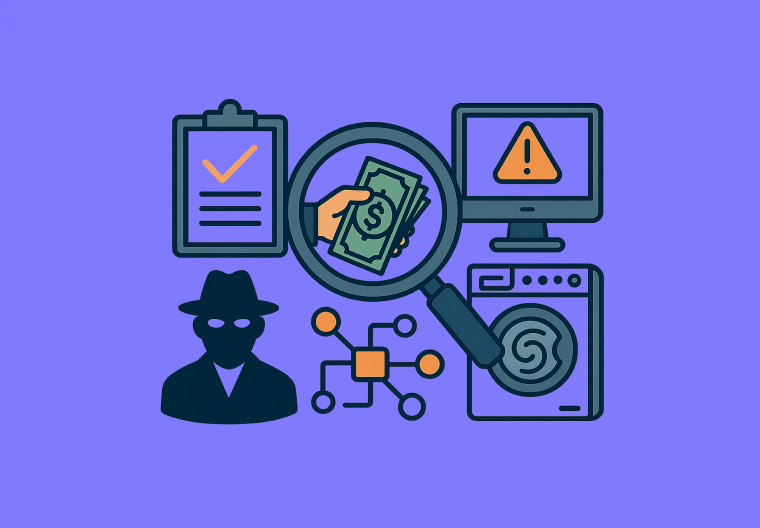
The Crucial Role of Ongoing Monitoring in AML Compliance
What is ongoing monitoring:
Ongoing monitoring, in the context of the FATF Recommendations, refers to the continuous scrutiny of transactions and customer behavior throughout the duration of a business relationship. Financial institutions are required to keep the data, documents, or information collected during the customer due diligence (CDD) process up-to-date and relevant. This involves periodically reviewing existing records, especially for customers categorized as higher-risk. The purpose of ongoing monitoring is to maintain the integrity of financial systems and prevent illicit activities such as money laundering and terrorist financing. Take for instance Rishi Sunak’s case. As soon as he assumed the office of prime minister of the UK, the media coverage around him increased and his PEP level increased in real-time.
Benefits and Advantages
Understand the Benefits yielding from Ongoing Monitoring
Individuals and organizations can stay updated with any adverse media or additions to the watchlist, whenever they require. However, the continuously changing risk scores keep on varying necessitating the need for continuous updates as well.
Ongoing monitoring keeps consistent track of updates on clients and entities offering a deeper understanding of customer behavior and risk profiles. This feature additionally allows businesses to prioritize high-risk cases and prepare their system to flag such cases before they even emerge.
With the capability of detecting suspicious activity and potential red flags, financial institutions can safeguard their reputation and avert repercussions like never done before.
Businesses can also benefit by automating the monitoring process, facilitating more cost-effective compliance among customers, regulators, and stakeholders.
How is Enhanced Ongoing Monitoring different?
Understanding Enhanced Ongoing Monitoring
If a customer is identified by your AML systems to be a high-risk individual, certain procedures need to be implemented to control the threat percentage. The advanced security measures for continuous and deeper monitoring which goes beyond standardized programs, is what enhanced ongoing monitoring is all about.
To consistently manage your high-risk clients, consider the following strategies:
- Generate and regularly analyze detailed reports on high-risk activities. Periodically assess transactions, ensuring they are endorsed by management.
- Highlight any actions or deviations that seem out of the ordinary and address them promptly.
- Establish specific thresholds or criteria that, when met, will prompt immediate alerts and necessitate a thorough examination of accounts or transactions.
Practical Insights
Examples of Ongoing Monitoring in Practice
Here are some practical examples of ongoing monitoring:
Rishi Sunak Case: Rishi Sunak initially held a more modest PEP (Politically Exposed Person) status. However, upon his ascension to the role of the UK’s Prime Minister, his PEP designation was elevated instantaneously, a testament to the efficacy of real-time ongoing monitoring. Concurrently, media attention surrounding him surged with equal immediacy. This signifies the pivotal role of continuous monitoring in the dynamic landscape of global finance, politics and AML.
Ongoing Monitoring under UAE jurisdiction: In the UAE, whenever an entity establishes a financial account, there’s a mandate to set up continuous monitoring mechanisms for a duration of one year. It enables financial institutions to build comprehensive customer profiles over time, aiding in the assessment of risk levels and providing a basis for making informed decisions about account activity.
JP Morgan and Bernie Madoff Case: The Bernie Madoff Ponzi scheme, one of the most notorious financial frauds in history, involved significant oversights in ongoing monitoring by JP Morgan. Madoff’s scheme promised to maintain ongoing monitoring, which could have triggered the alarm and brought to the attention the raised suspicions. The situation further worsened due to the lack of transparency, lack of marker correlations, and implausibility.
Madoff’s investment strategy further raised concerns as whistleblowers and suspicion alerts were deliberately ignored, avoiding the core element of ongoing monitoring.
Risk Management
Types of Risks Associated with Ongoing Monitoring
Following are the risks associated with ongoing monitoring:
- Not keeping track of details, including dollar amounts of receipts, account balance, and customer account types.
- Not giving attention to red flags emerged through suspicious activity monitoring.
- Not sufficiently addressing to law enforcement inquiries, including National Security Letters depicting gaps in monitoring.
- The inability of banks to address adverse media associated with banks depicts inefficient monitoring.
- Poor updates of customer information and weak assessment of risk profiles can lead to suspicious activity.
- Using outdated measures and poor controls to detect risky transactions.
- Not having an independent monitoring system to avoid cognitive errors and biases
- Not covering a wide range of transactions neither changing screening patterns along changing the nature of risks.
- Not identifying and assessing risks related to the potential breach or evasion of targeted financial sanctions can expose institutions to regulatory and reputational risks.
To sum it up
Ongoing Monitoring is an integral part of a financial system ensuring that your businesses and entities remain aligned with compliance requirements of the region. While, continuous monitoring including due diligence and a risk-based approach is important to prevent illicit financial activities, potential risks from lapses can expose institutions to regulatory and reputational challenges as well, necessitating the need to deploy smart monitoring controls.
AML Watcher offers a suite of tools for ongoing monitoring challenges. It securely archives data, uses AI for anomaly detection, and ensures timely law enforcement interactions. The platform maintains up-to-date customer profiles, adapts its monitoring filters to emerging threats, and integrates third-party validations.
Contact us to address money laundering and terrorist financing that aligns with national requirements, making us a comprehensive solution for a robust AML framework.
We are here to consult you
Switch to AML Watcher today and reduce your current AML cost by 50% - no questions asked.
- Find right product and pricing for your business
- Get your current solution provider audit & minimise your changeover risk
- Gain expert insights with quick response time to your queries





